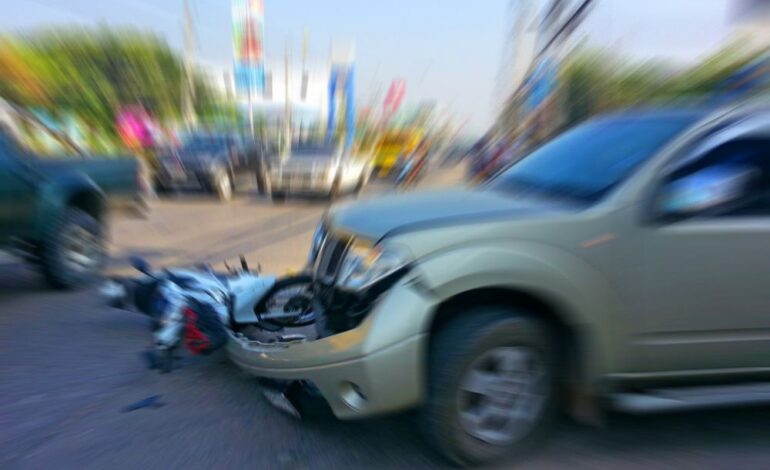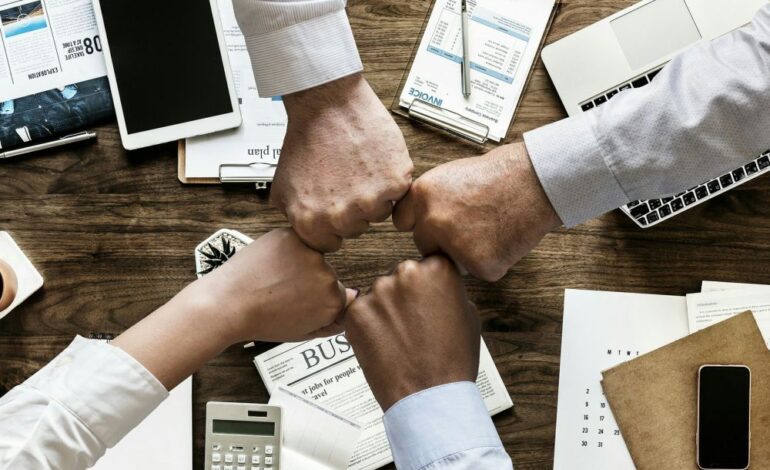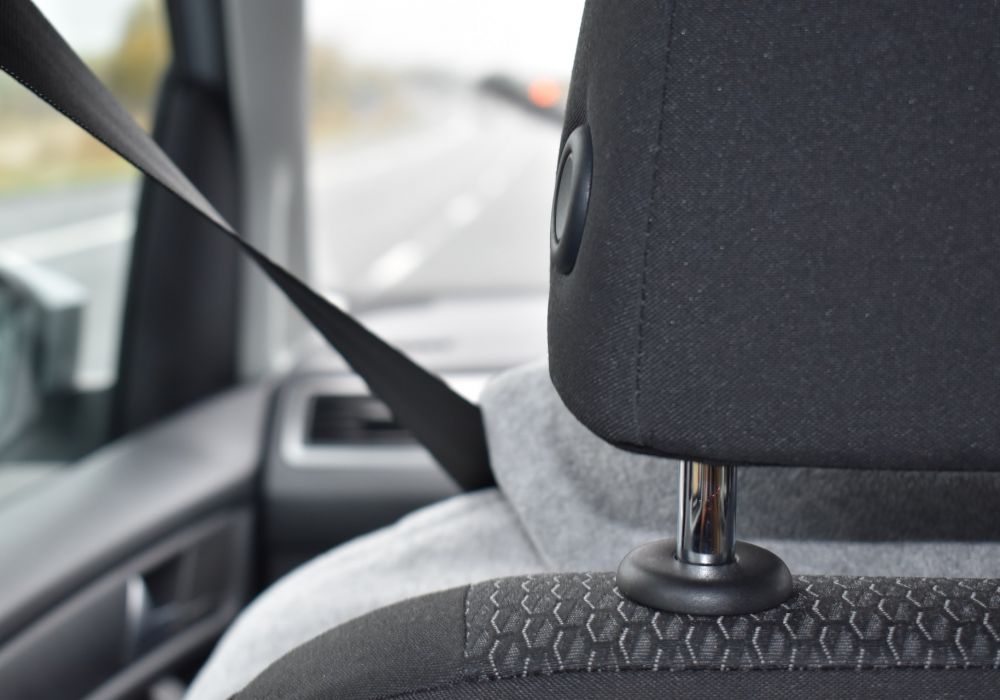What to Do After You Get Into a Car Accident

Are you thinking about what to do in an accident?
Traffic fatalities had a 7.2% increase in 2020 despite the current health crisis. In most cases, an auto accident will not result in injuries. Regardless, lacking the knowledge of what to do after you get into a car accident can cause you to panic.
Your panic can sometimes cause legal trouble. After all, adhering to specific steps after a crash is a must. Otherwise, you will likely get the blame and suffer financially.
Consider following our car accident tips to avoid getting into this situation. Read on and learn now:
1. Determine Whether Anyone Got Hurt
After the disorientation subsides, ensure no one leaves the scene of the accident. It applies even when the situation seems minor. Focus on ensuring everyone’s safety above everything else.
When you are traveling with your family, ask whether everyone is OK. In some cases, they lose consciousness due to shock or injury. Regardless, call an ambulance after car accident since internal bleeding could happen.
2. Get Everyone Out of Danger
If no one sustained injuries, consider driving your vehicle to the roadside. Even a minor accident can impede vehicular traffic, especially on busy highways. Keep your hazard lights active and take out your reflective emergency triangles.
Doing these ensures other drivers will notice your situation and slow down.
However, a more severe crash needs more delicate handling. Leave the accident scene intact and wait for professionals to respond.
Even when you feel uninjured, pay extra attention as you get out of your car. The accident could leave you thinking illogically, putting everyone in danger. It is more hazardous when the accident happens on a busy street since you will feel more disoriented.
3. Contact Law Enforcement
Reporting a car accident is paramount to establish fault and settle disputes. However, police departments in some areas may not respond when the collision is minor. These law enforcement agencies are transitioning to online reporting to save resources for more serious incidents.
When the police arrive at the scene, take some notes for posterity. Here are some vital pieces of information to remember:
- Officer’s name
- Badge number
- Contact information
Ask the officer to give a copy of the accident report. However, if the police do not arrive, go to the station and ask for a copy. The insurance adjuster handling your claim may also get these reports.
4. Collect Vital Details
Use either your cellphone camera or pen and paper to get the information of everyone involved in the crash. Collect these specific data from the other drivers:
- Name
- Address
- Contact number
- Car registration
- Insurance information
- Driver relationship to the vehicle owner
Collect every vehicle information, such as the year, make, model, color, and vehicle identification number.
Ensure you get the other drivers’ insurance policy numbers, as well as the insurance contact details. It is your protection in case anyone involved does not report the incident. Look for witnesses willing to give their phone numbers and details related to the accident.
Avoid sharing your Social Security Number or your insurance policy coverage limits. Never share other personal information, such as your address.
5. Record the Scene
Use your smartphone camera to record as many accident details as you can. Look at the impact on your car and determine its location. Take photos of your car highlighting the damage.
Document the time and date of the accident. Record the entire accident scene, whether it is simple skid marks or property damage. For better coverage, note the street names and the direction of every vehicle before and after the crash.
Often, people will miss the car positions relative to the street. It is vital information since it helps in recreating the accident after a claim report. Sketch the crash scene while the information is fresh in your mind.
Take notes about the current weather and visibility since they are also critical factors. It is because icy roads, heavy rain, and other weather conditions contribute to car accidents.
6. Call Your Accident Insurance Company
It is tempting to negotiate a monetary deal to avoid insurance claims. When you avoid notifying your insurance company after the accident, you will be liable for the resulting damages from the accident.
Even a minor accident can cause your car to become a total loss. Worse, you might learn the other driver has bottom-tier insurance coverage. It is why you must let your insurance company handle the process, especially when the accident is not your fault.
Your insurance company will issue a liability waiver for the accident. You need not pay your deductible for this situation.
7. Go to Your Doctor
After the accident, you may feel like nothing is wrong. However, some injuries will take a day or so to become more apparent. A minor impact can sometimes result in severe spinal injuries.
Never endure pain or unusual symptoms. Visit a doctor to ensure you are in perfect condition.
Injuries from the crash are usually a part of your insurance claim. A doctor documenting your physical harm after the incident is the best proof you can present to your insurance company.
8. Be Proactive
When you are well-prepared, keeping calm after an accident happens is easier. To start, download your insurance provider’s app or forms. It allows you to have a better time navigating the insurance claim process.
Dedicate a spot in your car to keep critical documents like your registration and insurance card. You can also put your contact information and a checklist of the tasks to remember at the accident scene.
The stress of the accident will often cause you to forget these. Having a checklist within reach ensures you do not feel lost.
Learn What to Do After You Get Into a Car Accident Now
We hope you remember what to do after you get into a car accident. These tips are easy, but we suggest writing various points down. Consider keeping them in your smartphone notes for easy access.
Did this guide help? If so, please read our other posts for more.










